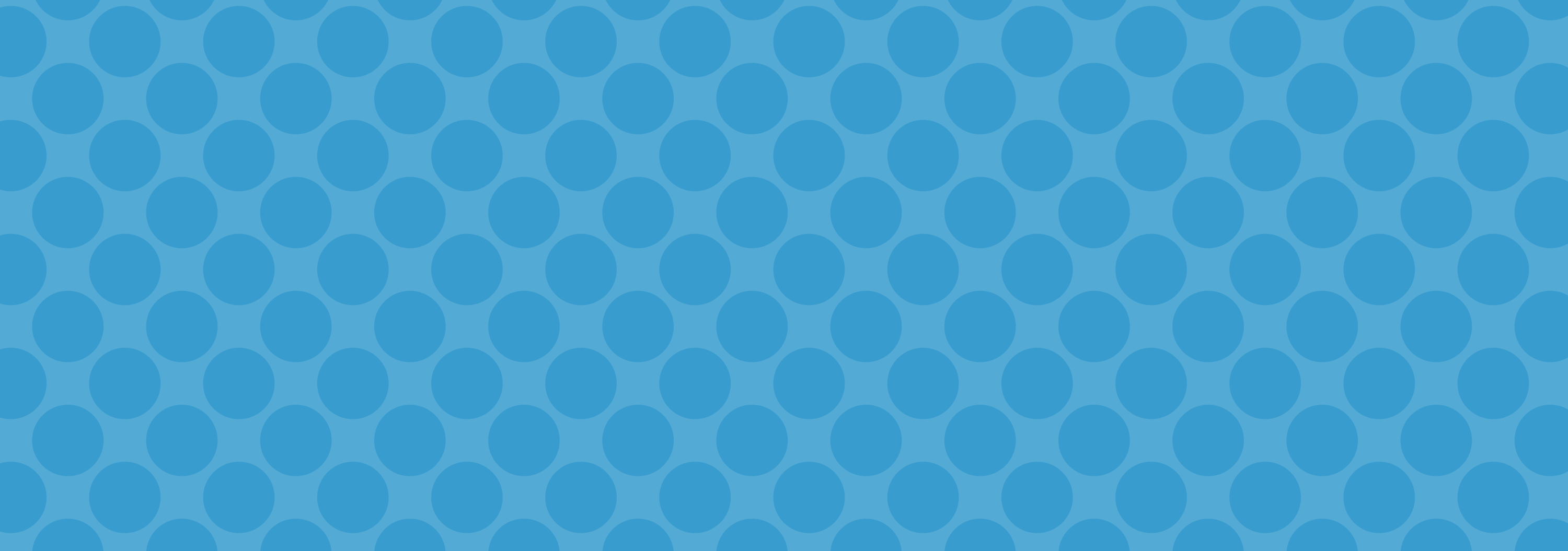Well modern camera equipment can almost see in the dark so what do you even need lighting for?
i just gotta real quick make sure that youre joking. you are joking, right?
I’m not joking. Do you understand the ISO value system as it relates to film?
im not arguing that you cant film in the dark without special lighting (obviously you can), im saying you shouldnt. im arguing with the second half of your statement. the lighting in the first picture is very purposeful and enhances the horror of the film. they didnt get into the editing room and go “oh darn, we forgot to shine a light on the guy hiding in the shadows!” jaws was made scarier because you could rarely see the shark, so your brain invented the scariest possibility. you can just… see the whole man in the second picture. having a flat shot where the lighting doesnt even draw in the viewers eye to anything (much less obscure something thats supposed to give the movie tension and anticipation) looks fucking boring and adds nothing
thats what we need lighting for
One of these is much more visually appealing than the other
Lighting in film, and especially horror is so *so* important to the tension in the scene, it’s a significant part of visual storytelling, and the cinematographer/DOP (director of photography) should’ve picked up on that.
It’s particularly embarrassing in comparison to the original material, as with digital/modern technology, you can literally see how the shot looks while you’re shooting.
This should’ve also been sorted in comp and fixed well before distribution.
As already pointed out, the lighting values have no depth to them, thus creating a very flat scene (this is one of the first design principles we are taught in design for animation/film- if I had handed in a lighting shot or concept anything like this, I would’ve failed the module).
If you take the shots and put them into greyscale, you can see this a lot clearer.
In the original Halloween shot, we can see a high range of value (how bright or dark something is)- the lighting is brightest on Jamie Lee Curtis, the viewer’s eye is drawn to her first- we can see her emotions clearly and gain sympathy for her character. Then we are drawn into the darkest value, creating dread, and this is fulfilled and heightened with the contrasting (and next highest) value of Michael’s mask.
In the modern shot, all the values are within a similar range (mid-greys), and there is no proper depth in value- making the tension within the shot fall flat (not ideal for horror).
In fact, the highest value in this shot is the fire in the background- which is where the eye is drawn to first. The background. Not the action. So instead of feeling empathy or dread, we are focusing on the wrong details.
And yes, while it could be said from a film analysis POV that the flatness of the shot ‘puts the characters on the same fighting ground/level of power in the shot,’ I’m not going to give them the benefit.
To top it off, the use of colour in the modern shot highlights the errors in lighting. Whilst sharing the blue/orange colour scheme of the original shot, everything is blue except the one area of contrast, the orange fire. So once again, we are drawn to none of the action and instead the background.
With a very small edit in compositing and lighting to match the original Halloween, the feeling (and focus) of the shot is completely changed. The shot has higher contrast and range of values- the focus is on Curtis, while Michael feels more foreboding in the darkness. The contrast puts the characters on opposite sides- good vs evil, telling a narrative in contrast to the unedited shot.
These effects could’ve easily been achieved by adding a key light on Curtis and rim lighting on Michael in production, and if necessary, editing value depth in comp to enhance the raw footage.
TLDR: Digital filmmakers still need to know traditional film and design theory- just because you have good actors, cameras and composition, does not mean you can forgo basic film craft. The aim of cinematography is to enhance the narrative, not restrict it.
ultimately… who cares if cameras can see in the dark? we’re not making movies for cameras.
just so we are all clear on my position
Mitchell Slaggert photographed by Taylor Miller for Numéro Netherlands. Mitchell wears full look and bandanas Kenzo, bracelets and rings Two Jeys, necklace Lottie
part 1 | part 2
Been trying to finish BoTW and it’s been feeling familiar for some reason
hmmm
Dragon by Marion Bulot
okay this one is interesting
big win for loz fans who do heroin
i see a convo w a character ai and i keep scrolling
listen im seeing tags about people agreeing that ai bots can be really inaccurate and i want to point out that this is NOT about that. the ai bot can be as accurate as you want it to be i still get mad at em.
its not about how good they do at emulating a character, its about that they aren’t a person making creative choices and i hate that. i want to enjoy my characters with other people. hold my hand and tell me all about why you think your blorbo is autistic or likes your favourite shitty band. i love you. if a bot randomly shuffles those opinions out idc if theyre even the same ones im exploding it with my mind.
It’s gonna be May-
workers of da world:
get sillay
Pictures of my new hat














